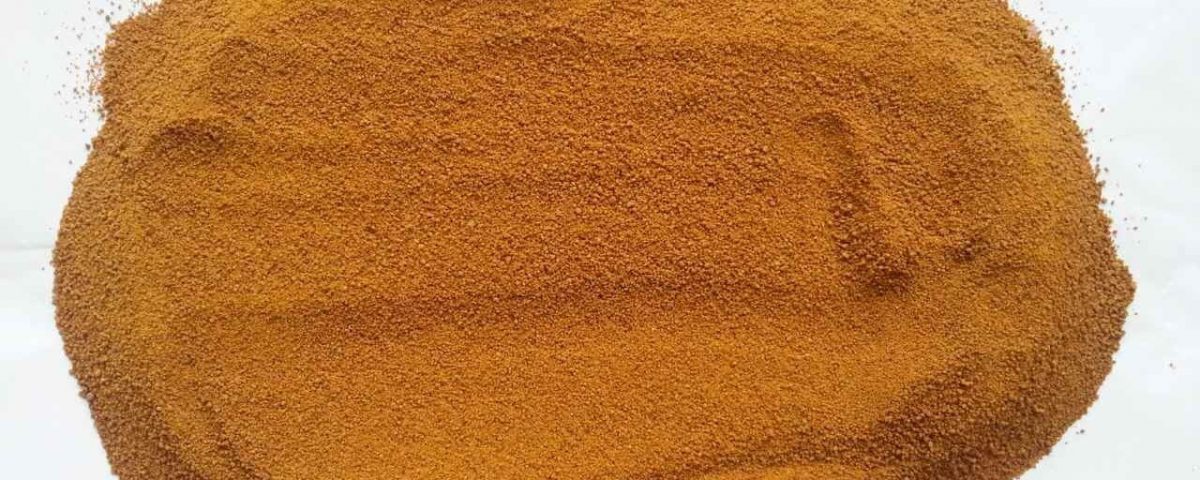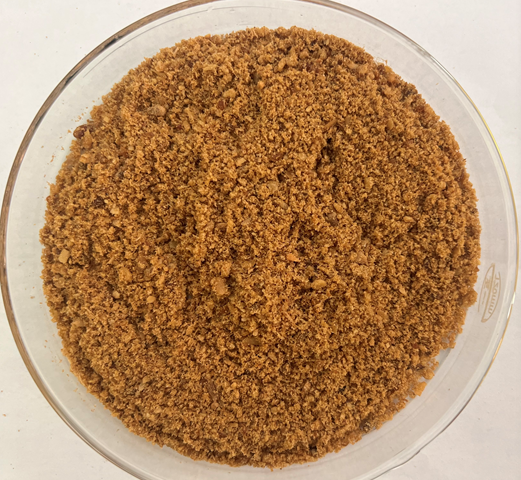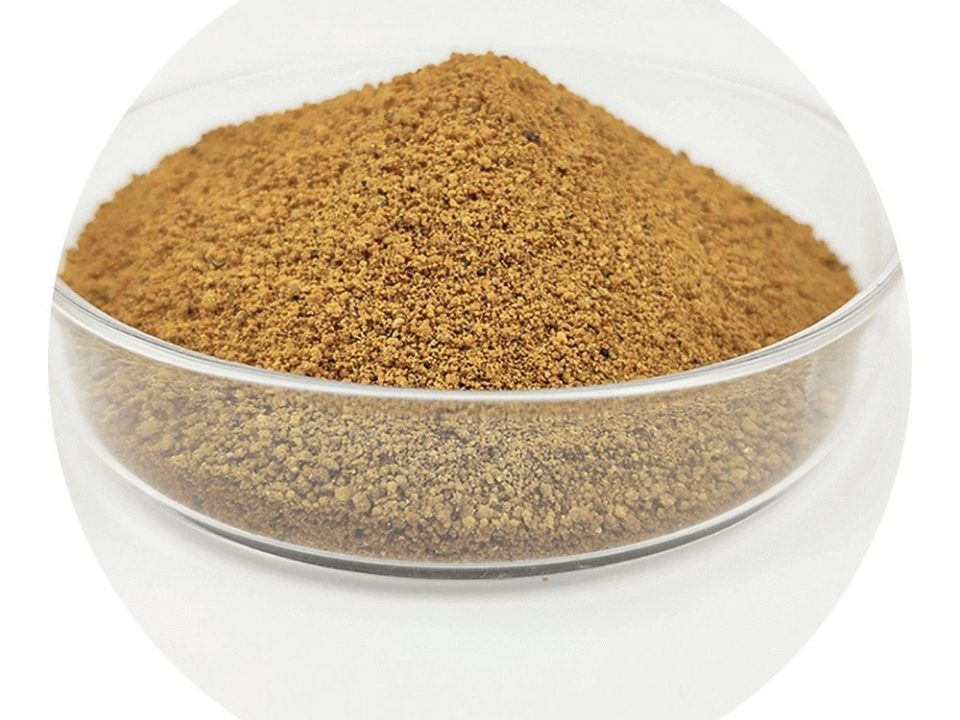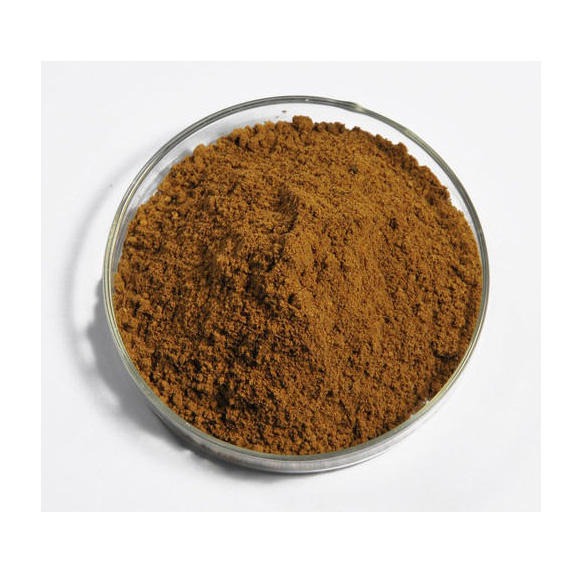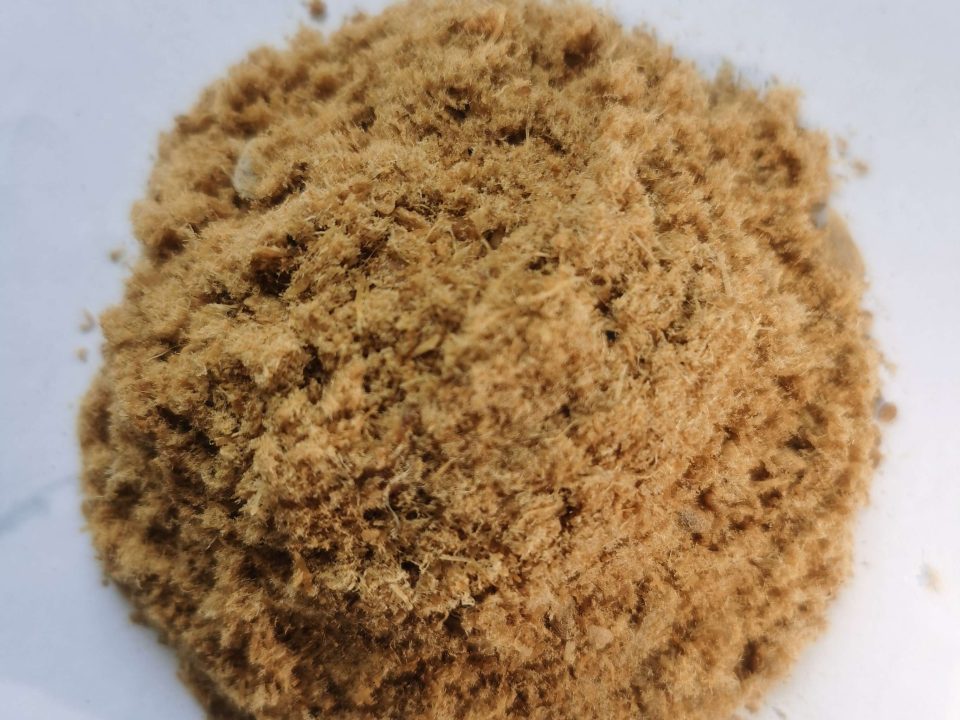Method for testing corn gluten meal

Feeding value and identification of corn gluten meal
May 18, 2019
Application of corn gluten meal in feed industry
May 25, 2019Pure zein powder has a very low lead content because corn draws about 0.2 to 0.3 mg/kg of lead from the soil. Under normal circumstances, it is almost impossible to detect. Eight samples on the market were tested, five of which contained 85.67 to 156.43 mg/kg of lead, indicating the incorporation of high-lead leather powder, feather meal, and the like.
Ash is also an important indicator to measure the quality of corn protein powder. According to NY/T685-2003, the ash content of corn protein powder is 2% to 4%. If it exceeds 4%, it should attract attention. The ash high protein powder has a grayish product and a normal color of black powder. The ashing product was titrated with nitric acid and the violent response was observed, indicating the presence of stone powder.
Corn gluten meal is a yellow powdery substance. The pure zein powder is not dissolved in hot water. The protein is denatured by heat and becomes flocculent. The aqueous solution is colorless and clear and transparent (xanthophyll is insoluble in water). The corn gluten meal is suspended in water, the precipitation is very slow, and the aqueous solution is cloudy or even yellow (does water-soluble pigment or yellow dye). Therefore, it is possible to determine whether or not the zein powder is doped with a pigment or a yellow dye by dissolving the color of the aqueous solution.
1. Composition and harm of fake and inferior corn protein powder
The real corn gluten meal is: when the corn starch or corn syrup is wet-processed, the raw corn leaves the starch, the germ and the corn rind. The product is golden yellow with the taste of roasted corn and has a special smell of corn fermentation. There are two kinds of protein, 60% and 50%. Generally, three indicators such as appearance, moisture and crude protein are routinely detected, and the probability of detection of amino acid and lutein is very low.
The counterfeit molecule is the use of conventional detection of insufficient (vulnerability) to make fake corn protein powder. The composition of the general fake is: protein essence, corn flour, millet powder, pigment and a small amount of true corn protein powder. Their role is to use yellow dyed protein essence (urea aldehyde polymer) to pretend crude protein, use millet powder and corn flour as filler, add a small amount of real corn gluten meal, according to the quality requirements of the feed mill, adjust the proportion It is possible to produce inferior corn protein powder of different specifications, which is sold to the feed mill at a lower price, and is shoddy and shoddy, resulting in a significant drop in feed quality.
In particular, the name of the substance used to increase the crude protein content in this fake protein powder is: “protein essence, protein powder”, which is a pale yellow powder, which does not contain protein at all, is urea. The polymer with formaldehyde has a nitrogen content of about 30% (corresponding to about 187% of crude protein). Adding a small amount can greatly increase the content of crude protein. It has no nutritional value and is toxic because it is in acidic conditions. The lower (such as stomach acid) can decompose to produce formaldehyde, causing chronic poisoning of livestock and poultry, causing a series of unexplained symptoms. Therefore, feed mills should pay serious attention to this problem and reject the fake protein powder containing protein essence outside the factory to ensure Feed safety.
2. Identification method of fake and inferior corn protein powder
The fake corn protein powder is mixed with a large amount of millet flour, corn flour and protein essence, so the composition, total amount and lutein content of the amino acid vary greatly. The laboratory tests the amino acid, ammonia and lutein in the sample. The content is easy to identify the authenticity, the ordinary laboratory can use the following methods to identify the authenticity.
(1) Look at the appearance, check the dissolution of the sample in water. Pure zein powder is not dissolved in water and precipitates rapidly. The aqueous solution is colorless and clear and transparent (lutein is insoluble in water), and the fake zein powder is in water. Suspension, precipitation is very slow, and its aqueous solution is turbid, even yellow (doped with water-soluble pigment).
(2) Check the change of corn protein powder in dilute acid and alkali. Place about 5g of sample in the beaker, add 50ml of water, stir for a while, then slowly add 10ml of dilute hydrochloric acid (1+3), such as the surface of the sample. Into red, slowly add sodium hydroxide (30%) 10-15ml, red to yellow, then this sample is a fake product. This is because a certain protein essence reacts with the incorporated dye to form a new substance. Under the action of acid or alkali, the rearrangement occurs inside the molecule, and the isomer is produced in acid and alkali. In different colors. The true pure zein powder reacts with acid and alkali at room temperature, and the appearance does not change significantly.
(3) Checking the color change of corn protein powder in chromotropic acid Protein essence (urea formaldehyde polymer) decomposes under the action of sulfuric acid to form formaldehyde, and formaldehyde and chromotropic acid form a purple substance. Starch, protein, sugar and ammonium do not interfere with this reaction. Take 0.1-0.2g sample in a dry 50ml beaker, add about 1ml chromotropic acid (1g/L concentrated sulfuric acid solution), carefully heat it on the electric furnace until it just produces micro-smoke, remove the beaker, add 10ml water, if the solution changes In purple, the sample contains protein essence, which is a fake product.
(4) Microscopy The sample is placed under a stereoscope and magnified 10-20 times. If yellow fragile particles are found, carefully pry out several particles into a 50 ml beaker and add about 0.5 ml of chromotropic acid. 1g / L concentrated sulfuric acid solution), the electric stove is slightly hot until the micro-smoke is generated, and 10-15ml of water is slowly added after the removal. If the solution turns purple, the sample contains protein essence, which is a fake product. Hb
3, summary
This article reveals the current method and composition of fake and inferior corn protein powder, and tells you how to identify fake and inferior corn protein powder. It should also be noted that corn protein powder should not only prevent the problem of counterfeiting, but also pay attention to its freshness. Degree, in some products on the market, Aspergillus flavus exceeds the standard, it is best to use enzyme-linked immunosorbent assay (ELISA) to detect the content of aflatoxin B1 (AFB1), to ensure the purchase of high quality corn protein powder.


